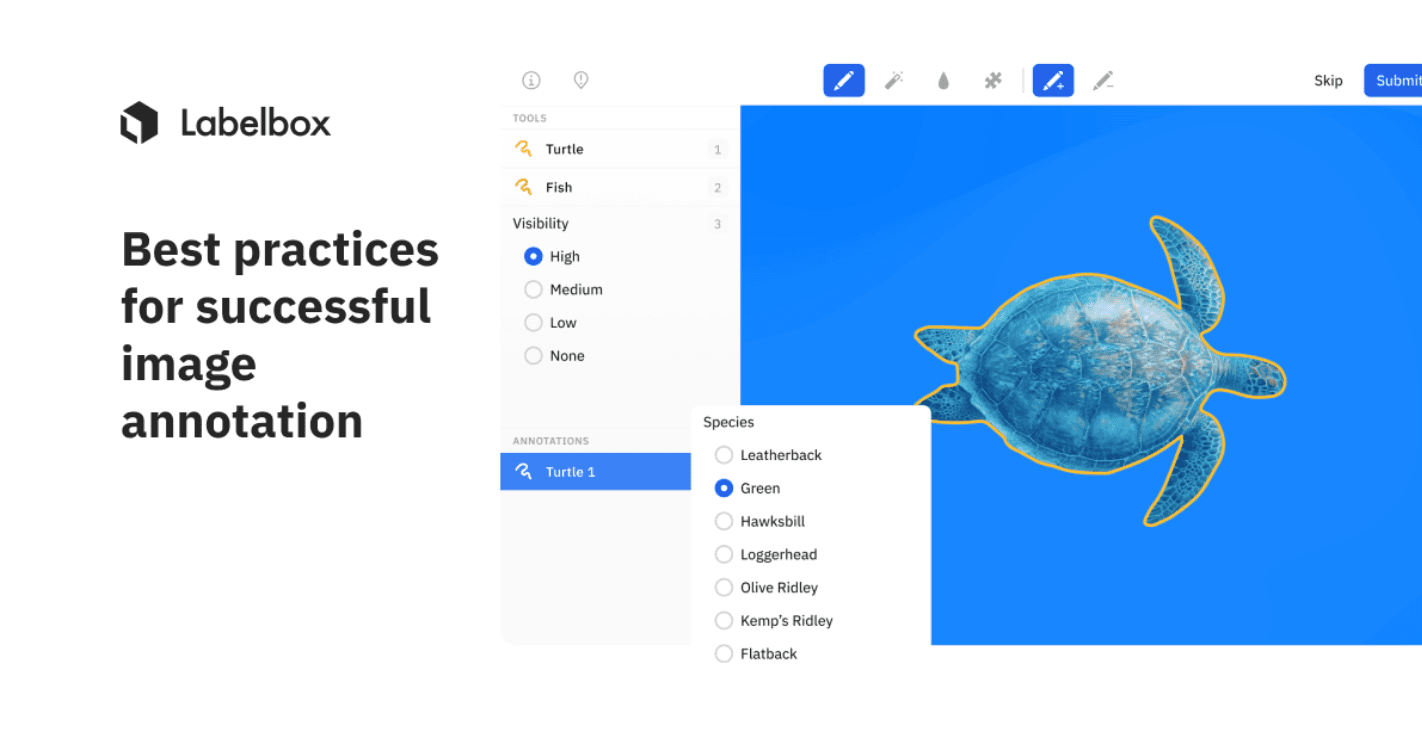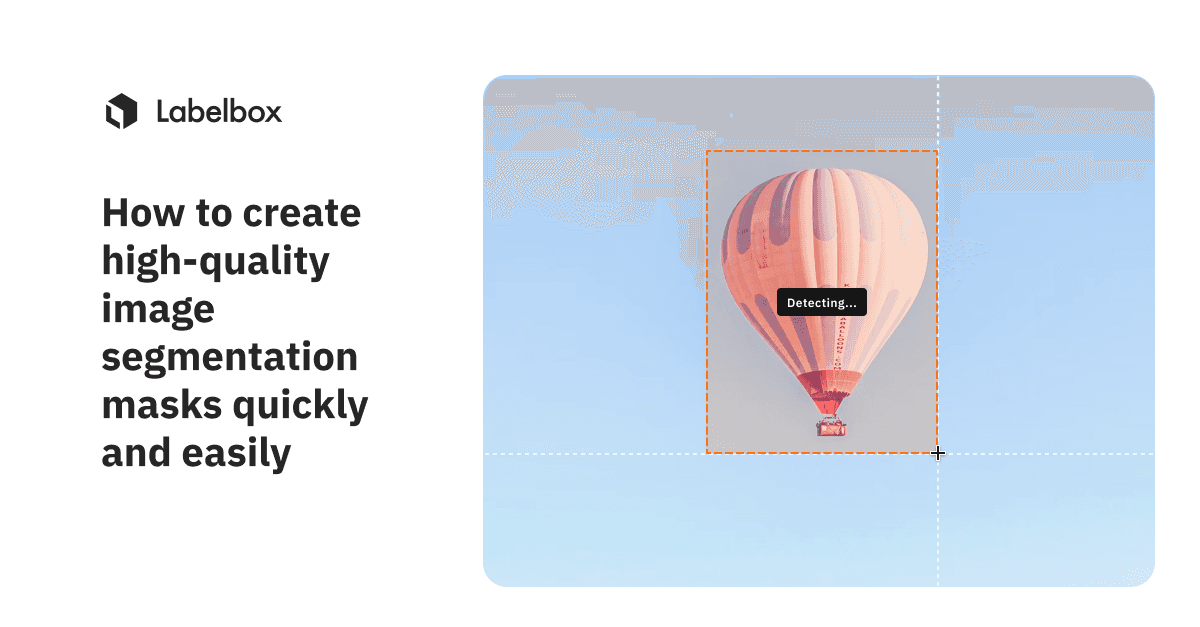Use case
Image segmentation
Train apps and GenAI models to better recognize and understand the structure and content of an image for accurate generation and manipulation of visual tasks

Why Labelbox for image segmentation
Increase data quality
Generate high-quality, diverse datasets for image segmentation by combining advanced tooling, humans, AI, and on-demand services in one unified solution.
Accelerate time to value
Rapidly integrate data, create quality training data for image segmentation, and deploy models to production.
Access on-demand image segmentation expertise
Embrace on-demand, highly-skilled labeling services and industry-specific insights that help execute image segmentation tasks at scale.
Maintain data privacy & security
Keep full ownership transparency, and control over your data throughout the labeling and AI development process.

Understanding image segmentation
Image segmentation enables models to break down complex images into distinct regions corresponding to different objects, such as people, animals, or background elements. By isolating individual objects in an image, AI apps and models can better recognize, manipulate, or generate the right objects in an image.

Challenges in image segmentation tasks
Mis-segmentation and issues with accuracy can result in poorly defined regions when executing image segmentation tasks. This results in incorrect recognition or generation of objects in GenAI models and poor performance in AI applications.
Image segmentation with Labelbox
Labelbox's advanced features and robust platform allows you to handle complex boundaries and implement advanced image segmentation techniques with pinpoint accuracy to enhance the generative capabilities of AI models.
Customer spotlight
Labelbox's intuitive tooling coupled with post-training labeling services offered a collaborative environment where Speak's internal team, along with external data annotators, could work together seamlessly. Learn more about how Speak uses Labelbox to improving the quality and efficiency of their data labeling.
Learn more >

